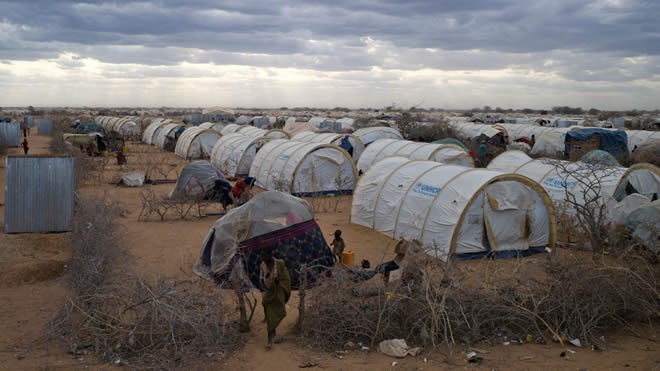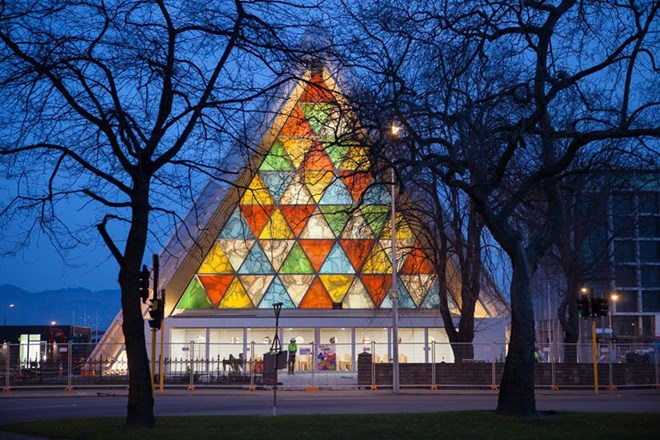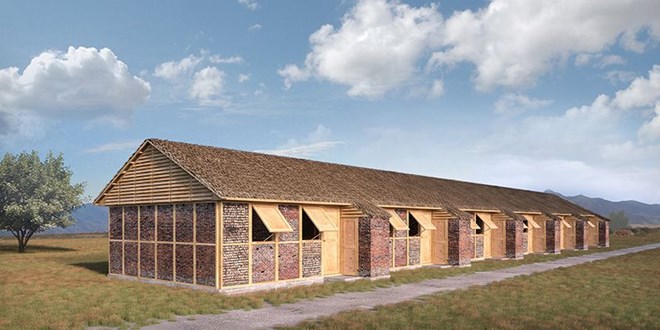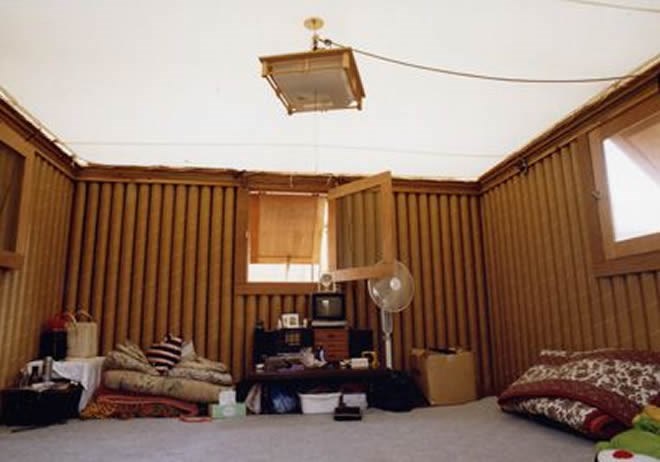
Monday July 24, 2017
by Lily Kuo

Time for an upgrade. (Reuters/Thomas Mukoya)
Japanese architect Shigeru Ban, known for making cathedrals and concert halls out of paper, is designing 20,000 new homes for refugees in northwest Kenya. Ban, who won the Pritzker Architecture Prize in 2014, will be working with the UN Habitat to build homes in the Kalobeyei refugee settlement in Kenya’s Turkana region.
Ban, a minimalist who uses materials ranging from cardboard and paper to beer crates, is known for his work on emergency housing. He’s built DIY refugee shelters in Rwanda after the 1994 genocide and in Nepal after its 2015 earthquake2015. His paper log houses have been used in Japan, Turkey, and India. In Kenya, Ban says his goal is to design housing simple enough for residents to replicate and maintain by themselves—Kenya’s refugee population, at about 400,000, is expected to continue growing.by Lily Kuo

Time for an upgrade. (Reuters/Thomas Mukoya)
Japanese architect Shigeru Ban, known for making cathedrals and concert halls out of paper, is designing 20,000 new homes for refugees in northwest Kenya. Ban, who won the Pritzker Architecture Prize in 2014, will be working with the UN Habitat to build homes in the Kalobeyei refugee settlement in Kenya’s Turkana region.
“The key thing will be to design and construct shelter where no or little technical supervision is required, and use materials that are locally available and eco-friendly. It’s important that the houses can be easily maintained by inhabitants,” Ban said after visiting the Kalobeyei settlement last week.
The Kalobeyei Settlement, an initiative between the county government of Turkana and UNHCR, was first established in 2015 in hopes of creating a place where refugees and the local community are better integrated. The average displaced person lives more than 16 years at a refugee camp, according to UNHCR. It’s now home to more than 37,000 refugees, mostly from South Sudan and Somalia. Ban will first prototype 20 shelters to be tested at the camp.

After a 2011 earthquake in Christchurch, New Zealand, Ban designed a temporary replacement for the church made out of cardboard. (Shigeru Ban Architects)

Ban’s houses for victims of the Nepal 2015 earthquake use wood as the main frame of the shelter. Bricks are used for the enclosure. (Shigeru Ban Architects)

Paper log houses built after an earthquake in Kobe, Japan in 1995 use donated beer crates weighed down by sandbags as the foundation. The walls are made with paper tubes, and the roofs are made out of tenting material. (Shigeru Ban Architects)
No comments:
Post a Comment